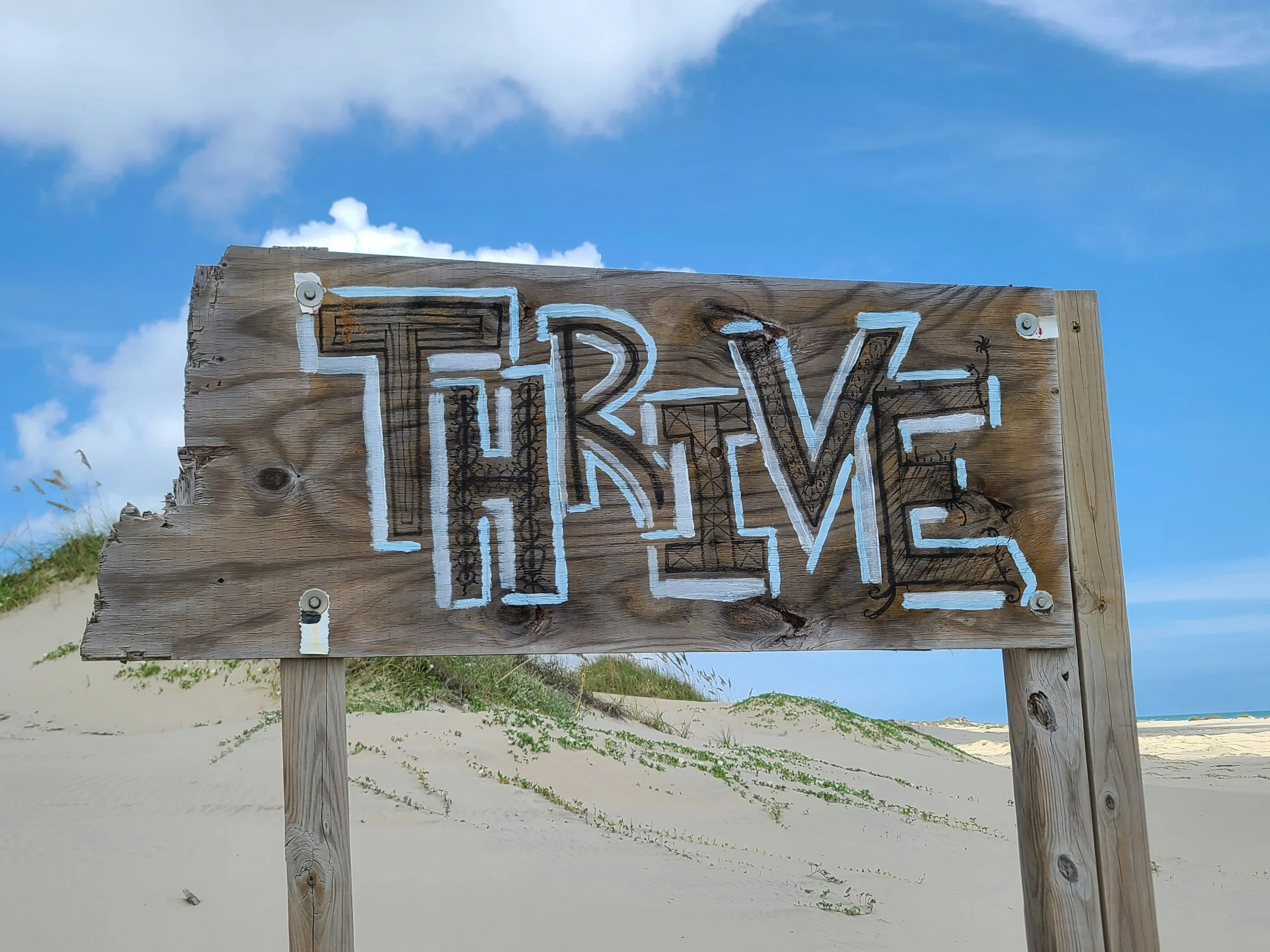The Power of Mentorship: Asking for Advice and Solving Problems Collaboratively
Published 14 November 2024
(In Ep #0 of the Professionall Pathways Podcast | Cal’s Journey into Teacher Education)
“After the Pathways Battery there are two final segments for the guest The first is Our Mentoring Moment the segment where listeners write in to ask for professional advice from our guest So this week of course it’s the inaugural episode so there are no questions to be asked of me but we would love to hear from you our listeners So if you have a question you would like to ask our next guest don’t be shy send it our way You can submit your questions by connecting with us on social media or by visiting professional dot pro slash pathways Send us a message and who knows your question might be in the next episode.”
Mentorship is an invaluable element of professional and personal growth. Whether you are a seasoned educator guiding new teachers or a novice seeking insight, the relationship between mentor and mentee thrives on mutual respect and the willingness to tackle challenges together. Central to this process is the art of asking for advice and collaboratively navigating solutions to problems.
The Importance of Asking for Advice
Asking for advice might seem intimidating, but it is a critical first step in mentorship. Seeking guidance demonstrates humility, curiosity, and a genuine desire to grow. Research shows that effective mentoring relationships often hinge on open communication and the ability to ask meaningful questions. According to Ragins and Kram (2007), the act of seeking advice fosters trust and creates opportunities for growth by encouraging mentors to share their experiences and wisdom.
For educators, this might involve asking a mentor how to manage challenging classroom behaviors or improve engagement in lessons. These conversations not only lead to actionable solutions but also help mentees understand the thought processes behind a mentor’s strategies, developing their problem-solving skills.
Collaborative Problem-Solving in Action
A dynamic way to address challenges is collaborative problem-solving while learning new approaches. The process involves the mentee outlining their issue, the mentor offering perspective, and the pair working together to identify and test possible solutions. This approach mirrors what educational psychologist Lev Vygotsky (1978) described as the "zone of proximal development," where learning happens most effectively when guided by someone with more expertise.
For instance, a teacher might seek advice on differentiating instruction for a diverse classroom. By brainstorming together, the mentor could share strategies they’ve used, such as integrating student choice into assignments or using small-group instruction. The mentee might refine these strategies to suit their context, fostering a tailored solution born from collaboration.
Benefits of Mentorship and Problem-Solving
Collaborative mentorship cultivates a range of skills and benefits for both mentors and mentees. For the mentee, it builds confidence and offers insights into navigating challenges creatively. For mentors, it provides a sense of fulfillment and often introduces fresh perspectives, creating a two-way exchange of knowledge.
This approach is particularly relevant in education, where teachers face ever-evolving challenges. As highlighted by Lave and Wenger’s (1991) theory of situated learning, knowledge is most effectively acquired through participation in a community of practice. Mentorship fosters this community, allowing educators to share best practices, innovate solutions, and grow together.
Practical Steps for Effective Mentorship
Clarify Your Goals: Before seeking advice, identify what you hope to achieve. Whether it’s improving a specific skill or solving a problem, clarity helps guide the conversation.
Be Honest About Challenges: Openly sharing your struggles builds trust and enables mentors to provide targeted support.
Focus on Collaboration: Approach problems as a team. Value your mentor’s expertise, but also contribute your ideas.
Reflect on Outcomes: After trying solutions, revisit the issue to evaluate progress and learn from the experience.
Express Gratitude: Acknowledge the mentor’s time and input. Gratitude strengthens the relationship and encourages ongoing support.
In embracing mentorship and collaborative problem-solving, educators can foster relationships that not only address immediate challenges but also inspire growth and innovation. By learning from and with each other, teachers empower themselves and their students to thrive.
Discussion Question
How have mentorship and collaborative problem-solving shaped your own professional growth, and what strategies have you found most effective in building trust and fostering open communication in mentoring relationships?
Related Posts
-
Lave, J., & Wenger, E. (1991). Situated Learning: Legitimate Peripheral Participation. Cambridge University Press.
Ragins, B. R., & Kram, K. E. (2007). The Handbook of Mentoring at Work: Theory, Research, and Practice. Sage Publications.
Vygotsky, L. S. (1978). Mind in Society: The Development of Higher Psychological Processes. Harvard University Press.




